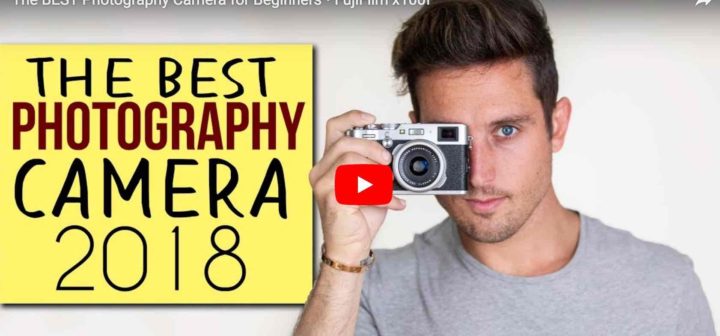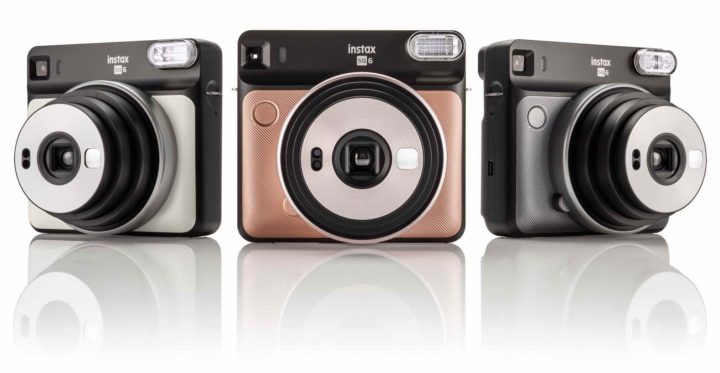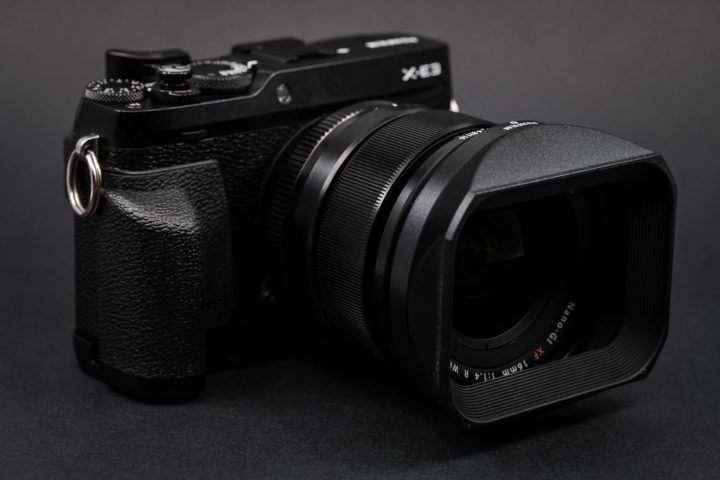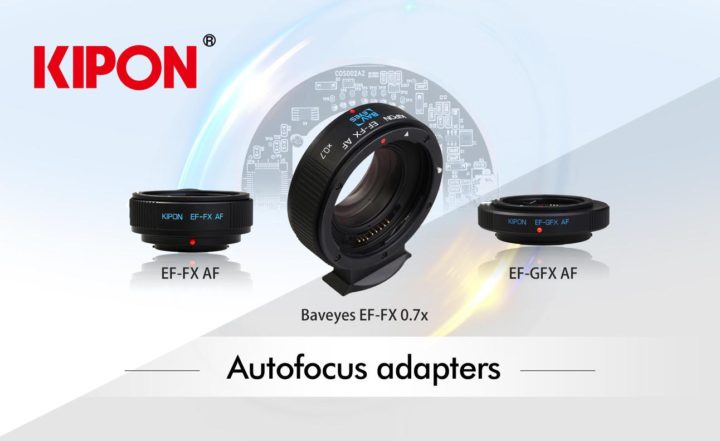These Two Huge Photography Vloggers Just Discovered Fujifilm, Got Infected by the X-Virus and Now Have Fun with Photography Again!

Discovering Fujifilm in 2018
Here on FujiRumors we talk about Fujifilm X and GFX gear every day since over 6 years now.
Those, who follow FujiRumors regularly, will also know in which direction Fujifilm is going, may it be the Fujifilm X-T3, the GFX 50R, the X-T100, the GFX 100S… and there is more to come… you definitely want to follow us also on Facebook, RSS-feed and Twitter if you want to stay in the loop ;) .
So, in our eyes, talking about the Fujifilm X100F might seem old news.
But believe it or not, despite Fujifilm being every year more successful, X-shooters are still a relatively small niche in the photography world and many people don’t even know that Fujifilm makes highly sophisticated mirrorless cameras.
So today I’d like to highlight 2 huge youtubers (with well over a million subscribers), who recently stumbled upon the Fujifilm X system, more specifically the (now discounted) Fujifilm X100F.
The enthusiasm they show, when they talk about their “discovery” of the Fujifilm X system, reminds me a lot to my own excitement, when, after migrating from Canon to Sony, from Olympus to Panasonic, I finally discovered the Fuji X system.
I can without a doubt say that the X-system, although not perfect for everybody, was perfect for me. Why? Because I had so much fun shooting with it like never before. A fun that never stopped until today.
It’s No Coincidence
It’s no coincidence, that photographers, who have a long story with Canon or Nikon (like the two youtubers today), start their Fuji X adventure with an X100 line camera.
In fact, the X100F serves also this purpose.
It’s a compact, fixed lens, high quality and feature packed camera (hybrid viewfinder, build in ND-filters, film simulations and more), that is also ment to serve as a second camera for those photographers, who have already invested heavily into other systems, and do not want to buy into a completely new one.
So to speak, the Fujifilm X100F could be seen also as the “gateaway drug” into the X world.
CaNikon shooters get it as a small second camera for everyday use, start to have fun with it, enjoy the film simulations, the good old classic controls, get familiar with the X cameras, and at some point might be tempted to ditch their old system and switch to interchangeable Fujifilm X cameras… maybe a story that might sound familiar to some of you guys ;) .
Fujifilm X100F (save $100): BHphoto, Adorama, AmazonUS, Focuscamera





